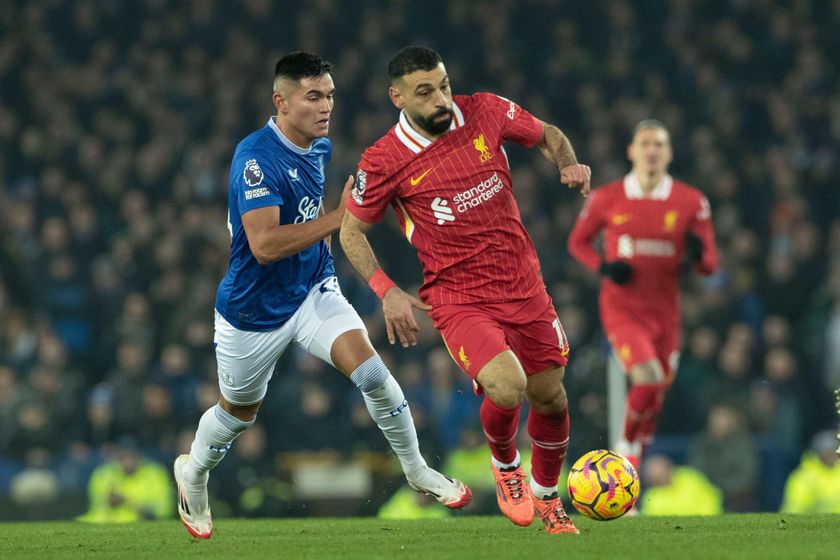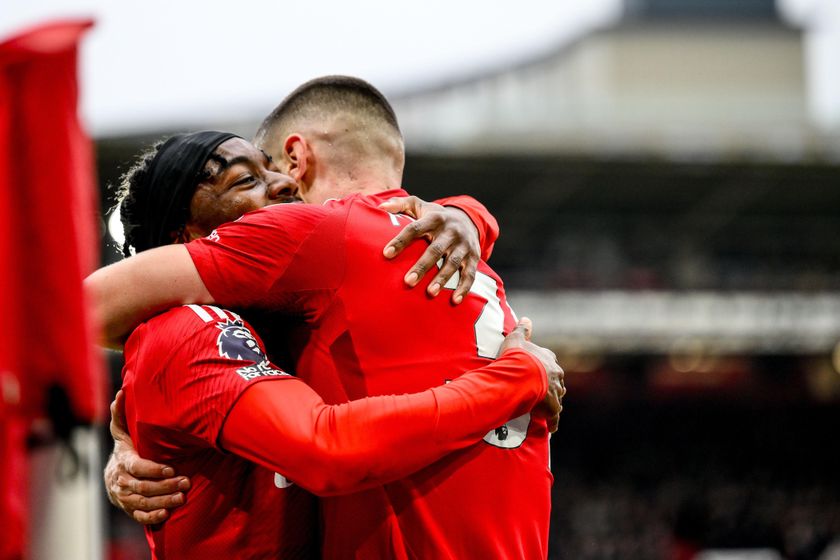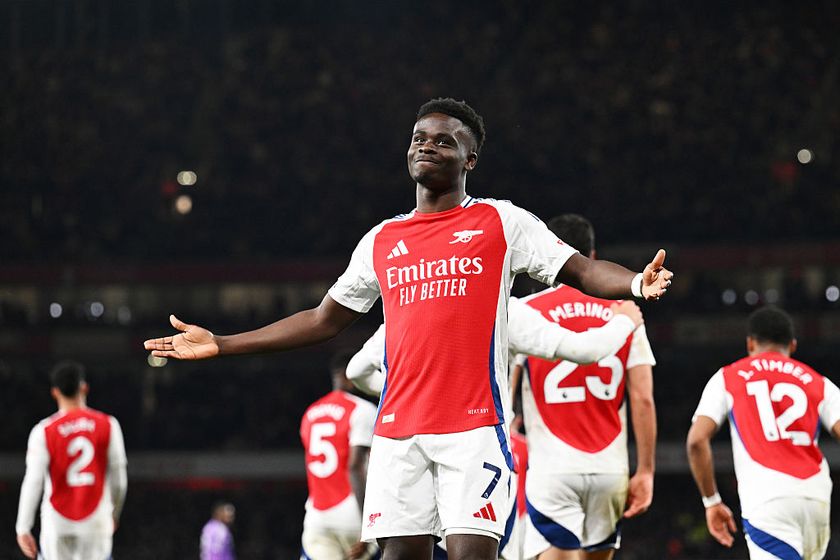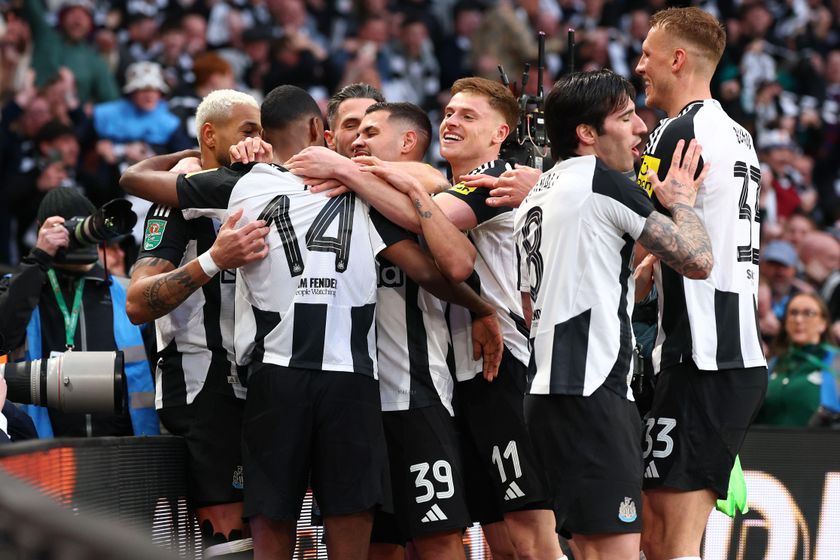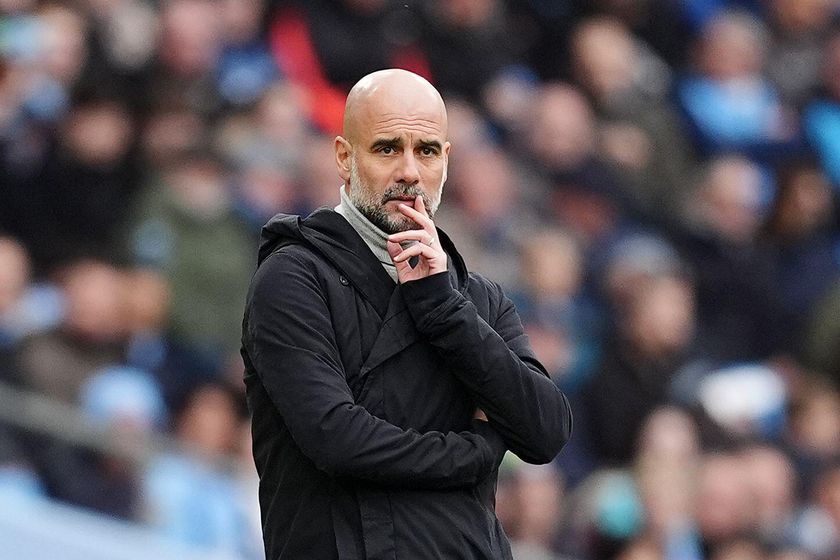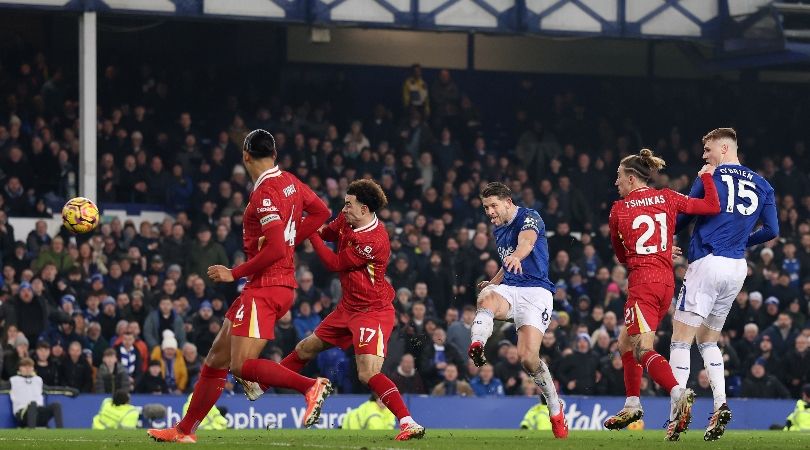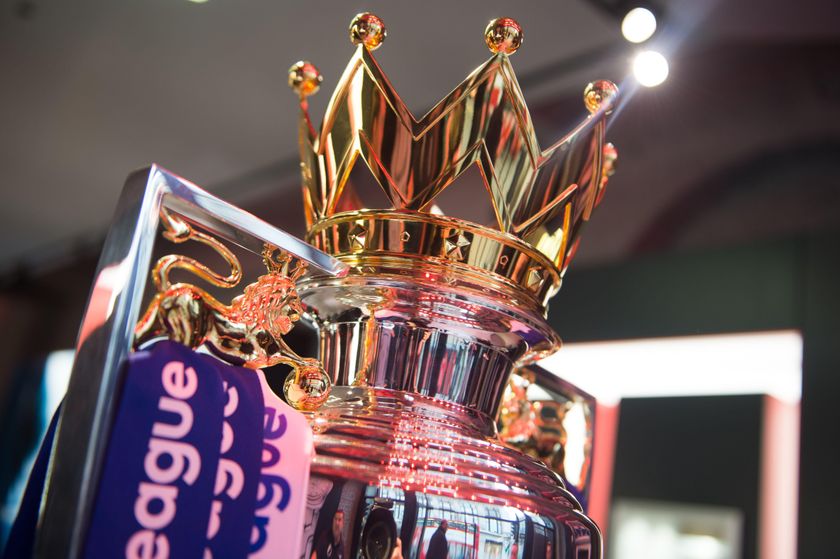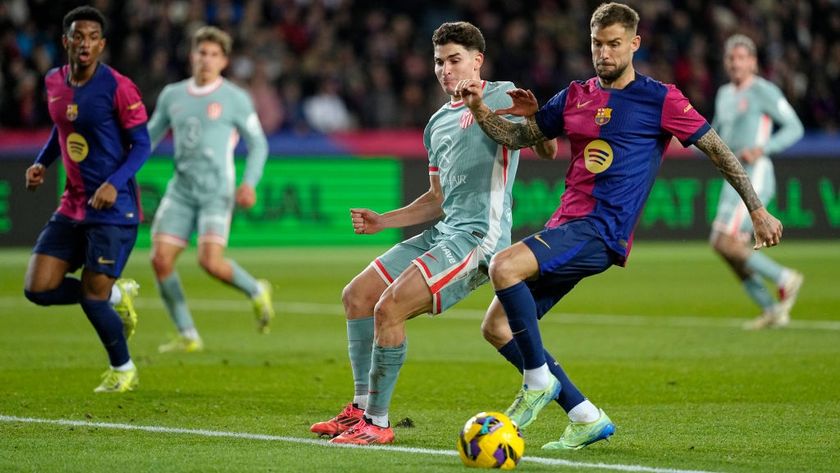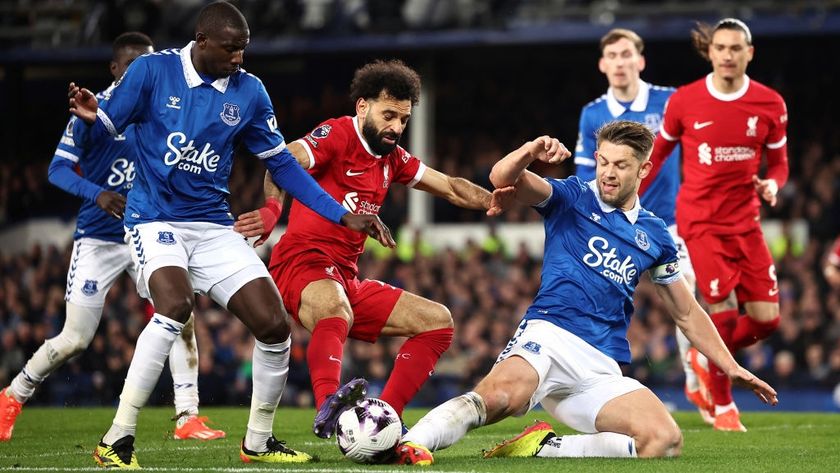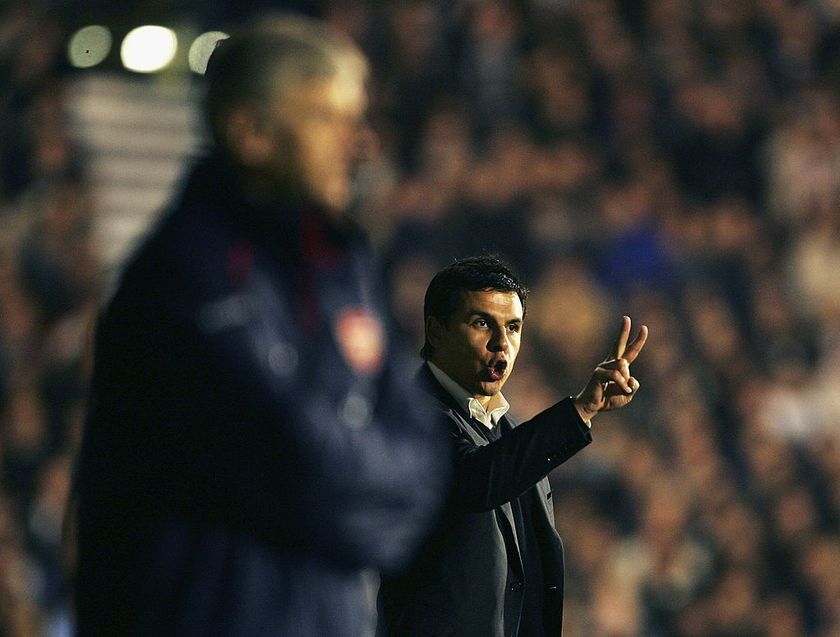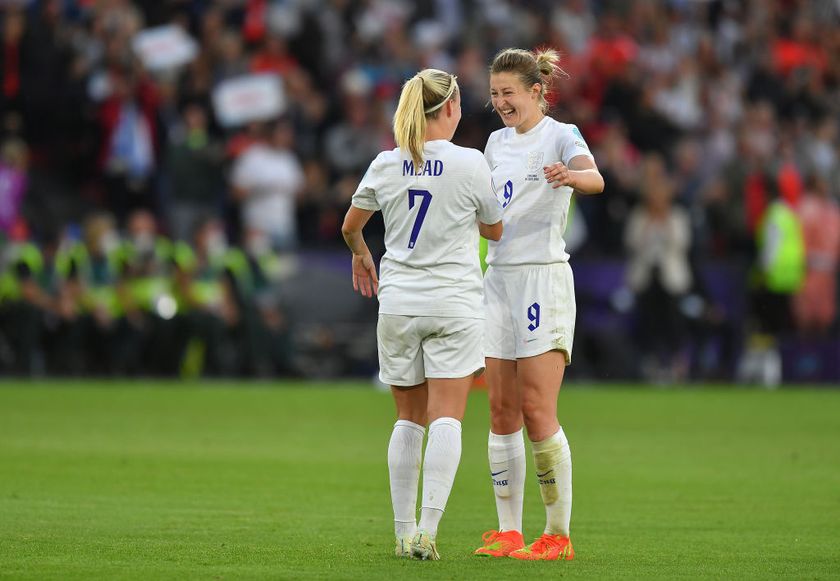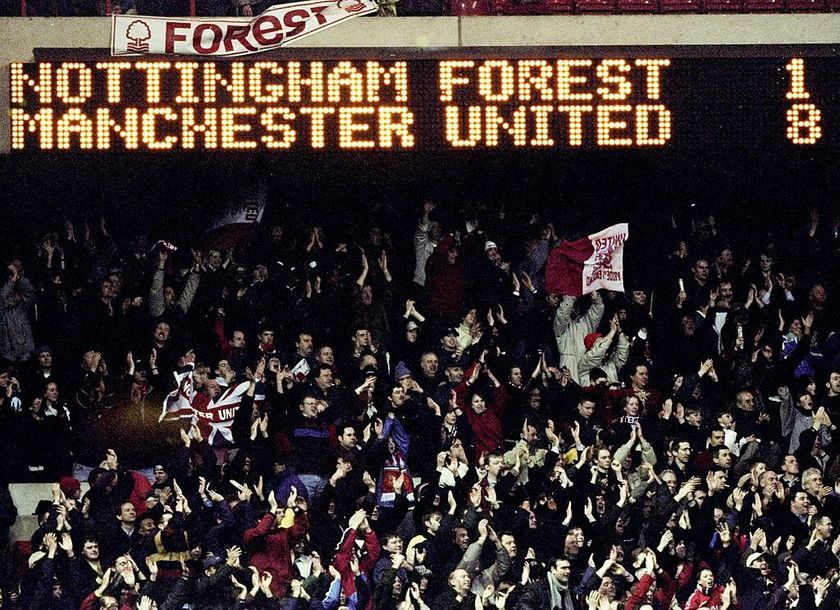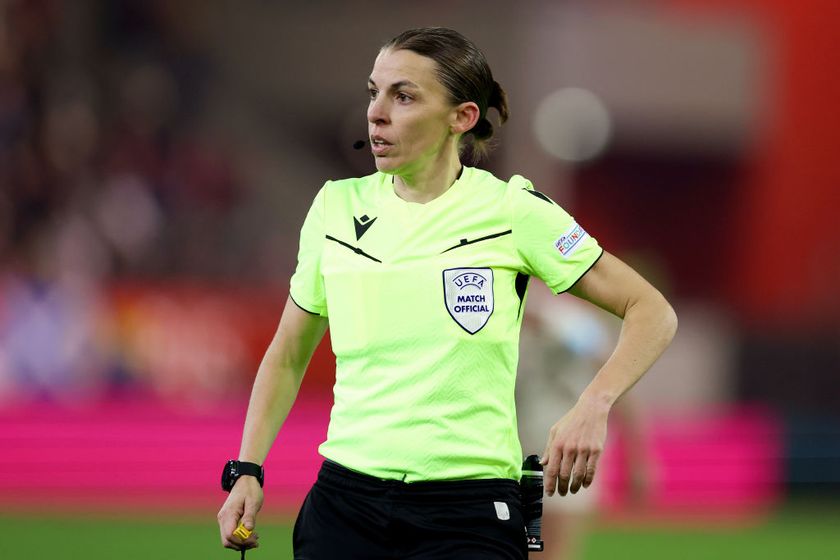The team is dead at the individuals' World Cup
May the best team win? At this World Cup, says Michael Cox, it's more likely to be the key player...
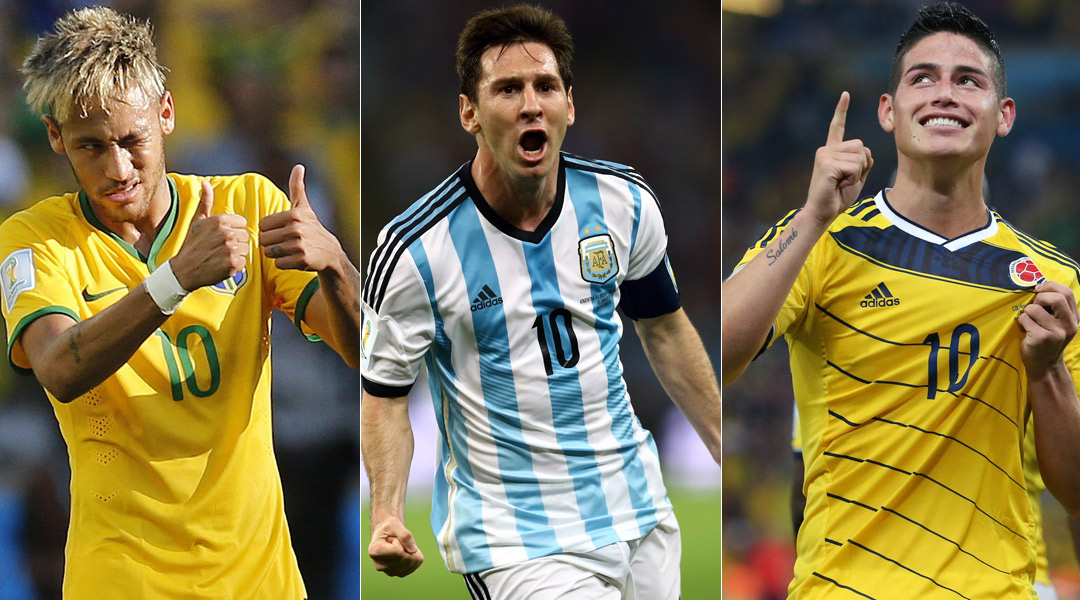
For an appropriate flavour of this World Cup, the best place to start is a qualifier.
The draw for the European play-offs threw together two regulars at major international tournaments, Portugal and Sweden. The match, however, was not billed as Portugal versus Sweden. It was billed as something simpler – Cristiano Ronaldo versus Zlatan Ibrahimovic.
The build-up to the contest took the form of a weigh-in for a heavyweight boxing fight – two ultra-confident, fearsome fighters going head-to-head. The rest of the team? Bah, that was the entourage, featuring the trainer, the bodyguards, the blokes who pile into the ring after the fight for no particular reason. But the fight was simple – it was Cristiano against Zlatan. No surnames needed. This was the rumble in the jungle, the thriller in Manila, persona vs persona in Solna.
Football, of course, remains a team game, and that egocentric build-up felt inappropriate. There were 20 other starters, players who were Champions League regulars and established internationals. It would be a clash of systems, rather than a clash of individuals.
Yet when the play-off started, it lived up to the billing. The first leg in Lisbon was settled by an 82nd-minute Ronaldo strike; OK, if there was one goal, the chances are Ronaldo would be the goalscorer. But the second game in Solna was quite extraordinary.
Ronaldo again opened the scoring, shortly after half-time. Ibrahimovic hit back with what could have been a consolation goal, had the PSG striker not struck again four minutes later to level the tie 2-2 on aggregate – to which the Real Madrid forward responded with two utterly superb counter-attacking goals to make it 4-2, and ensure Ronaldo’s progression. Sorry, Portugal’s. It was Ronaldo 4-2 Ibrahimovic.
The tournament of the individual
Get FourFourTwo Newsletter
The best features, fun and footballing quizzes, straight to your inbox every week.
That set the tone for this tournament, the tournament of the individual. Thus far, the major countries eliminated can justifiably point to their star man not producing the goods.
The best example, of course, is Uruguay and Luis Suarez. On the back of an astonishing campaign in which he nearly dragged Liverpool to the Premier League title, Suarez was the only impressive thing about Uruguay. Their record tells the story – they played two matches with Suarez and won both; they played two matches without Suarez and lost both. Their chances of winning the competition were boosted when he returned from injury, but their chances of winning the competition were over as soon as he bit Giorgio Chiellini.
Portugal’s early elimination, too, owed much to Ronaldo’s struggles. He was evidently way short of 100% fitness throughout, but Paulo Bento had spent the last few years attempting to build a system entirely to Ronaldo’s specifications. Consequently, this Portugal team has been ludicrously unbalanced, eternally vulnerable defensively down their left flank.
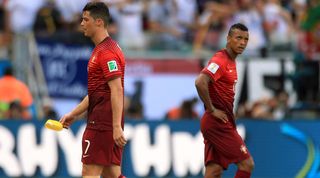
Ronaldo’s lack of interest in defending means Portugal’s left-back is forever overloaded; therefore it was particularly unlucky that both the squad's left-backs, Fabio Coentrao and Andre Almeida, were injured before half-time of the second game. Ronaldo couldn’t compensate with goals until it was too late, scoring with his 22nd and final shot of the tournament.
Even England’s absence was squarely blamed on one man. “I've never known there not be an obsession around one player," Gary Neville said to BBC Radio 5 live after the opening defeat to Italy. “It was Gascoigne from 1996 to 1998, Beckham from 2000 to 2006. From 2006, it was Rooney and Beckham. Unfortunately, or fortunately, because he is a big player, this time it's Wayne Rooney.”
Peculiarly, Rooney actually contributed as much as anyone to England’s cause – his defensive failings against Italy were obvious, but he created Daniel Sturridge’s equaliser with a fine cross, then pulled the strings and netted the equaliser against Uruguay. The failing was a collective, but there’s always one fall guy.
No.10: Where the boss lives
Of those remaining in the competition, bookmakers suggest the most likely final on July 13 is Brazil against Argentina, despite the fact both have been hugely underwhelming. The overwhelming reasons they’re still fancied are their respective No.10s, Barcelona duo Lionel Messi and Neymar.
These two fit the Latin American obsession with the No.10, and their respective managers have increasingly played them in a classic version of that role, increasing the primacy of their star men.
Luiz Felipe Scolari has subtly but crucially altered the system which won the Confederations Cup last year. The players and formation remain the same, but 12 months ago, the No.10 was Oscar, with Neymar starting wide left. Basing the side around Oscar ensured the XI felt like a proper team. The Chelsea man is the most selfless playmaker around, and constantly made runs out to the flanks, or dropped deep into midfield, or charged forward in advance of Fred, helping ease the burden on various different players. Scolari had built his side around a facilitator, rather than a superstar.
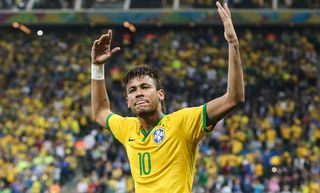
Now, with Neymar in the No.10 role, there’s a different feel to Brazil. This isn’t Brazil’s Neymar, it’s Neymar’s Brazil. Oscar has been shunted out wide, now a worker rather than a creator. Hulk continues to frustrate – sometimes on the left, where he can’t demonstrate his shooting ability. Fred’s hold-up role isn’t as useful now Neymar is dribbling from central positions rather than cutting inside from the left – sometimes it simply feels like he’s getting in the way of the star man and main danger. But Neymar’s influence upon the side is huge, and Brazil can surely only win this tournament if he continues to star.
“Neymar is more like Messi than Cristiano,” Scolari told Luca Caoli in his biography of Neymar. “Neymar plays in short, small spaces and gets out of tight spots when surrounded by players… Neymar is a hybrid: he is a 9, an 11, an 8, a 7 and a 10.” He’s made that last role his own.
Argentina's shifting formations
The Argentine system has been structured to suit Messi since 2011, when Sergio Batista openly admitted he was replicating Barcelona’s “4-3-3 with a false nine” formation. That didn’t work, and in recent years Alejandro Sabella has played a more fluid, flexible 4-3-3, with Angel di Maria sprinting forward from midfield to join Sergio Aguero, Gonzalo Higuain and Messi drifting in from the right – an uneasy compromise.
Sabella surprisingly experimented with a 5-3-2 system in Argentina’s first game against Bosnia, with little success, and Messi immediately asked for a return to the 4-3-3. “In the first half, we gave up possession to Bosnia and so I was too deep,” Messi complained. "I was alone and Kun was alone. It was very difficult. We like [the 4-3-3] better because when you go forward you have more possibilities of passing the ball and scoring. We strikers and forwards are favoured by this formation.”
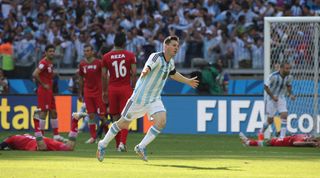
“He has said that before," Sabella told reporters. "He likes to play 4-3-3.” Sabella’s first act as Argentina manager was to fly to Barcelona to tell Messi he was replacing Javier Mascherano as national team captain (“Messi is our symbol, our standard-bearer… It was vital that he was recognised as such by the players”) and always bows to his demands. Inevitably, Sabella switched to 4-3-3 for the next game against Iran, won 1-0 through a late Messi goal.
Since Aguero’s injury, though, Argentina played more of a 4-2-3-1 against Switzerland. Ezequiel Lavezzi and Di Maria were wide, Messi was the No.10, Gonzalo Higuain was up front. It’s identical to Brazil’s system – Higuain has done nothing more than Fred, Di Maria is pushed out to the flank like Oscar, Lavezzi is one of the few players more frustrating than Hulk. Messi dragged Argentina through against Switzerland, when he was magnificent but the rest of the side was hopeless.
And the best No.10 is…
The standout feature of this tournament is star individuals shining when brought inside into a central role. Another perfect example is James Rodriguez, who had widely been expected to start on the left of a 4-2-2-2 for Colombia. Instead he’s been the No.10 in a 4-2-3-1, the same role as Messi and Neymar, and has been the tournament’s best player. His stunning strike against Uruguay typifies his individual brilliance, but doesn’t entirely explain his all-round impact.
In the first two matches, he repeatedly dropped deep into the midfield zone before spraying passes out to the flanks. Against Ivory Coast he opened the scoring with a bullet header from a corner, before teeing up the second for Juan Quintero having made a strong tackle in midfield. This isn’t exactly what you expect from a classic South American No.10, but then this is Rodriguez’s Colombia – he’s given freedom to do as he pleases.
Consider, too, the incredible impact of the Netherlands' Arjen Robben in, essentially, a central striking role – a position he’s never previously played. He’s given freedom to stay high up the pitch, drift into either channel, then dribble forward directly towards goal. Robin van Persie has been quiet, Wesley Sneijder has been bypassed. The winger has become the central striker.
Chile’s Alexis Sanchez, too, is an entirely different beast at international level, than when forced to make constant decoy runs for Messi’s benefit. He was a true, old-fashioned No.10 at this tournament – it’s no wonder he, Neymar and Messi don’t quite fit for Barça.
The true teams – in the proper sense of the word – still standing are the underdogs, Costa Rica and Belgium, while France and Germany are in a false situation, forced to become reliable, dependable units in the absence of their star men, Franck Ribery and Marco Reus respectively.
Are Brazil, Argentina, Colombia and Holland outstanding sides? Probably not, but Neymar, Messi, Rodriguez and Robben have proved themselves to be outstanding players, and this is the tournament of the individual. We can disregard the Golden Ball award – those four players will contest it, but the true reward for being the World Cup’s best player will be the World Cup itself.
